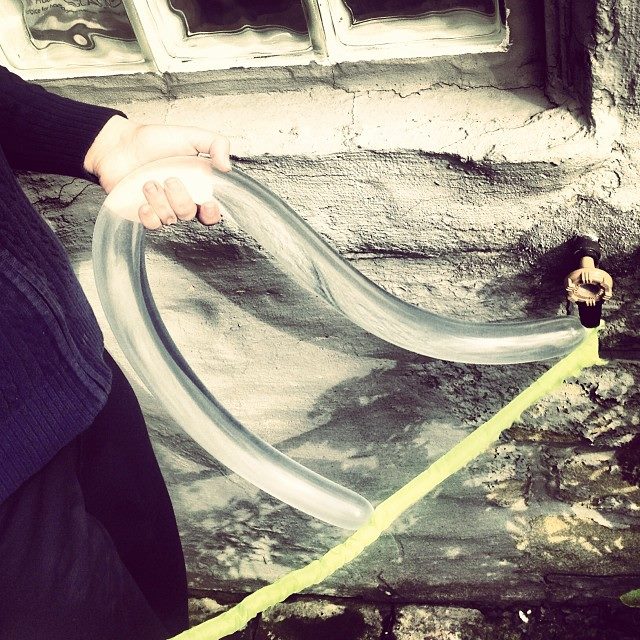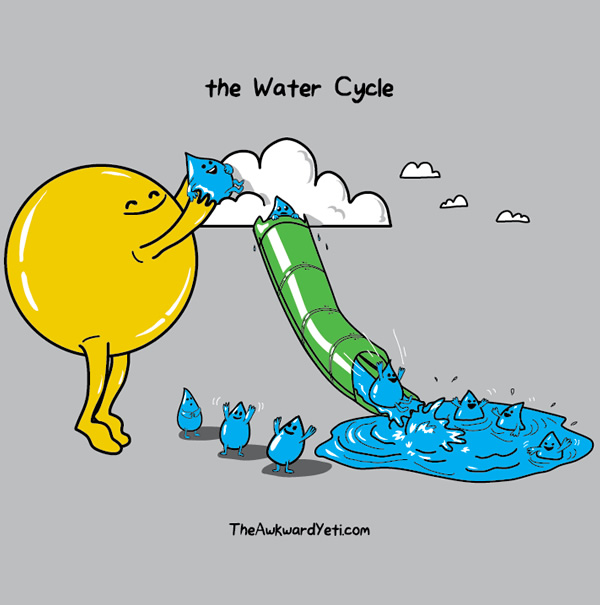How life came about from inanimate sets of chemicals is still a mystery.
While we may never be certain which chemicals existed on prebiotic
Earth, we can study the biomolecules we have today to give us clues
about what happened three billion years ago.
 |
| In them, began life [Credit: University of Utah] |
Now scientists have used a set of these biomolecules to show one way in
which life might have started. They found that these molecular machines,
which exist in living cells today, don’t do much on their own. But as
soon as they add fatty chemicals, which form a primitive version of a
cell membrane, it got the chemicals close enough to react in a highly
specific manner.
This form of self-organisation is remarkable, and figuring out how it
happens may hold the key to understanding life on earth formed and
perhaps how it might form on other planets.
The 1987 Nobel Prize in Chemistry was given to chemists for showing how
complex molecules can perform very precise functions. One of the
behaviours of these molecules is called self-organisation, where
different chemicals come together because of the many forces acting on
them and become a molecular machine capable of even more complex tasks.
Each living cell is full of these molecular machines.
Pasquale Stano at the University of Roma Tre and his colleagues were
interested in using this knowledge to probe the origins of life. To make
things simple, they chose an assembly that produces proteins. This
assembly consists of 83 different molecules including DNA, which was
programmed to produce a special green fluorescent protein (GFP) that
could be observed under a confocal microscope.
The assembly can only produce proteins when its molecules are close
enough together to react with each other. When the assembly is diluted
with water, they can no longer react. This is one reason that the
insides of living cells are very crowded, concentrated places: to allow
the chemistry of life to work.
In order to recreate this molecular crowding, Stano added a chemical
called POPC to the dilute solution. Fatty molecules such as POPC do not
mix with water, and when placed into water they automatically form
liposomes. These have a very similar structure to the membranes of
living cells and are widely used to study the evolution of cells.
Stano reports in the journal Angewandte Chemie
that many of these liposomes trapped some molecules of the assembly.
But remarkably, five in every 1,000 such liposomes had all 83 of the
molecules needed to produce a protein. These liposomes produced large
amount of GFP and glowed green under a microscope.
Computer calculations reveal that even by chance, five liposomes in
1,000 could not have trapped all 83 molecules of the assembly. Their
calculated probability for even one such liposome to form is essentially
zero. The fact that any such liposomes formed and that GFP was produced
means something quite unique is happening.
Stano and his colleagues do not yet understand why this happened. It may
yet be a random process that a better statistical model will explain.
It may be that these particular molecules are suited to this kind of
self-organisation because they are already highly evolved. An important
next step is to see if similar, but less complex, molecules are also
capable of this feat.
Regardless of the limitations, Stano’s experiment has shown for the
first time that self-assembly of molecular machines into simple cells
may be an inevitable physical process. Finding out how exactly this
self-assembly happens will mean taking a big step towards understanding
how life was formed.


















 We
should be grateful for snot, the nasal mucous that works overtime to
combat the nasty bugs we inhale when we breathe. What causes it to be
green is an enzyme, myeloperoxidase, which actually makes bleach to kill
microbial invaders. This tiny bleach factory is safely (for us)
contained in a special kind of white blood cell called a neutrophil,
which is a particularly active part of our immune system that hunts down
and swallows up invasive cells.
We
should be grateful for snot, the nasal mucous that works overtime to
combat the nasty bugs we inhale when we breathe. What causes it to be
green is an enzyme, myeloperoxidase, which actually makes bleach to kill
microbial invaders. This tiny bleach factory is safely (for us)
contained in a special kind of white blood cell called a neutrophil,
which is a particularly active part of our immune system that hunts down
and swallows up invasive cells. 













